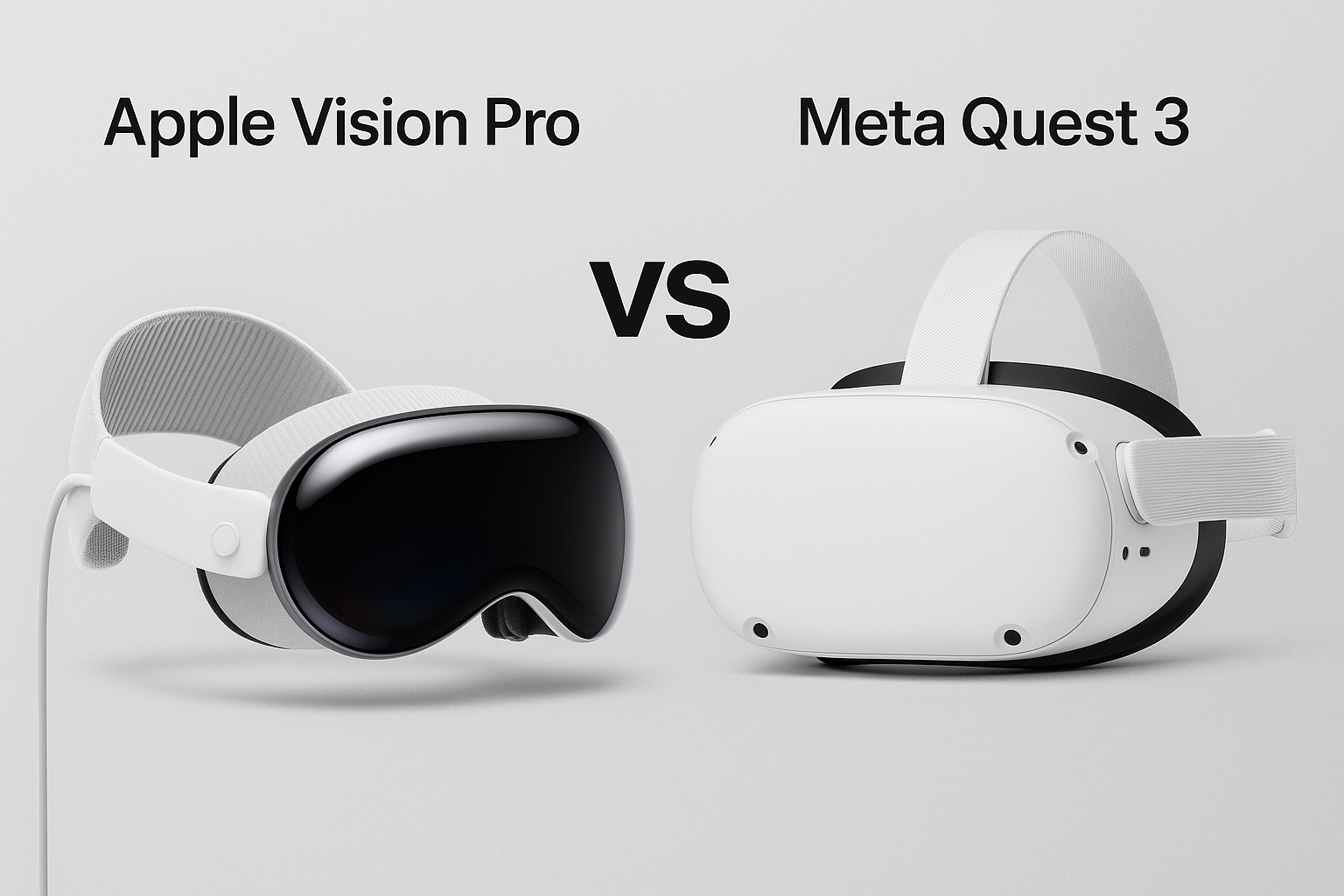The Roborock Saros Z70, unveiled at CES 2025 and set to ship in early May 2025, marks a groundbreaking leap in robotic vacuum technology. As the first mass-produced robot vacuum equipped with a foldable five-axis mechanical arm—dubbed OmniGrip™—this AI-powered device promises to redefine home cleaning by moving obstacles and performing household tasks. Priced at $1,899, it’s a premium offering that combines Roborock’s renowned cleaning prowess with innovative arm functionality. This detailed review, written on April 26, 2025, explores its features, performance, design, and value to help you decide if it’s worth the investment.
Overview and Specifications
The Saros Z70 is a flagship model in Roborock’s new Saros series, designed to elevate the cleaning experience with its unique arm technology. Key specifications include:
- Mechanical Arm: The OmniGrip™ is a retractable five-axis arm capable of lifting objects up to 300 grams (approximately 10.6 ounces), such as socks, tissues, small towels, and sandals. It features precision sensors, a camera, and an LED light for accurate object recognition and handling.
- Dimensions: An ultra-slim 7.98 cm (3.14 inches) tall, allowing it to glide under furniture with ease.
- Suction Power: 22,000 Pa HyperForce® suction, the highest in Roborock’s lineup, paired with a dual all-rubber brush system.
- Navigation: StarSight™ Autonomous System 2.0 with dual-light 3D Time-of-Flight (ToF) sensors and an RGB camera, pre-programmed to recognize 108 objects, with support for up to 50 customizable objects via the app.
- Mopping: Dual spinning mops with a 22mm lift height, auto-detachable via the Multifunctional Dock 4.0, and heated at 80°C (176°F) for deep cleaning.
- Battery: 6400mAh with a 2.5-hour fast-charge capability and intelligent power management.
- Additional Features: AdaptiLift™ Chassis for versatile lifting, FlexiArm™ Riser technology for edge cleaning, and Matter protocol compatibility for smart home integration (via OTA update).
Performance Breakdown
The Saros Z70’s performance stands out due to its dual-purpose design: traditional cleaning enhanced by obstacle manipulation.
- Vacuuming and Mopping: With 22,000 Pa of suction, the Z70 excels at lifting dirt, hair, and debris from hardwood, tile, and carpets. The dual anti-tangle system (FreeFlow main brush and liftable side brush) minimizes maintenance, a boon for pet owners. The mopping system, with 4,000 swipes per minute via VibraRise 4.0, delivers a thorough scrub, automatically lifting mops to avoid carpet dampness. However, initial tests suggest it may struggle with heavy grime in grout lines, requiring multiple passes.
- Arm Functionality: The OmniGrip™ arm operates in a three-pass cleaning cycle: it first maps the area and marks liftable objects, then returns to move them (e.g., placing socks toward a closet), and finally cleans obstructed spots. In demos, it successfully handled 298-gram shoes and lightweight items, though it’s slow—taking about a minute per object—and limited to under 300 grams. OTA updates promise expanded object recognition, but current performance feels more demo-worthy than practical for daily use.
- Navigation: The StarSight 2.0 system, using ToF sensors and AI, offers precise 3D mapping and avoids obstacles as small as 2cm. VertiBeam technology enhances cable and furniture edge navigation, though early feedback indicates occasional misidentification of complex environments, requiring user-defined “No-Go Zones” in the app.
Design and Features
The Z70’s sleek, ultra-thin design is a standout, fitting under low-clearance furniture where traditional vacuums with LiDAR towers (e.g., the Qrevo Curv at 4.1 inches) struggle. The OmniGrip™ arm retracts into a top compartment when idle, maintaining a low profile. Dual cameras—one on the arm, one frontal—provide versatile views, while the LED light aids low-light operation. Safety features include a child lock, emergency stop button, pressure switch, anti-pinch sensor, and a 300-gram weight limit to prevent damage.
The Multifunctional Dock 4.0 enhances autonomy with auto-emptying, hot water mop washing, and auto-mop removal. The Roborock SmartPlan™ mode adjusts settings based on AI-analyzed environments, boosting suction in dirty areas and reducing noise during quiet hours. App control allows manual arm operation and object customization, though the interface may feel cluttered for first-time users.
Pros and Cons
Pros:
- Innovative OmniGrip™ arm adds unique obstacle-moving capability.
- Exceptional 22,000 Pa suction and advanced anti-tangle system.
- Ultra-slim design and precise StarSight 2.0 navigation.
- Heated mop washing and auto-detachable mops enhance convenience.
- Matter compatibility promises future smart home integration.
Cons:
- High $1,899 price tag may deter average consumers.
- Arm is slow and limited to lightweight objects, reducing practicality.
- Navigation may misjudge complex layouts, requiring manual input.
- Initial software teething issues reported, reliant on OTA fixes.
Value and Verdict
At $1,899, the Roborock Saros Z70 is a premium investment, positioning it as the most expensive robot vacuum at launch. Its arm technology is a bold innovation, appealing to tech enthusiasts and those with cluttered homes (e.g., pet owners or families with kids). The 22,000 Pa suction and robust mopping outclass competitors like the Ecovacs Deebot T30S Combo ($900) and iRobot Roomba Combo J7 Plus ($359), but the arm’s current limitations—slow speed and weight restriction—suggest it’s more a futuristic proof-of-concept than a daily essential. For comparison, the bundled promotion (including a free second vacuum like the Qrevo S5V, valued at $799.99) softens the blow, offering potential savings.
The Z70 shines for users seeking cutting-edge tech and willing to tolerate early adoption quirks, with OTA updates likely to refine its capabilities. However, for those prioritizing cost-effective cleaning, mid-range models like the Roborock Qrevo Curv ($1,299) or even non-arm Saros variants (e.g., Saros 10 at $1,599) may suffice. If Roborock enhances arm speed and object range, the Z70 could justify its price; until then, it’s a niche marvel for the tech-savvy.



